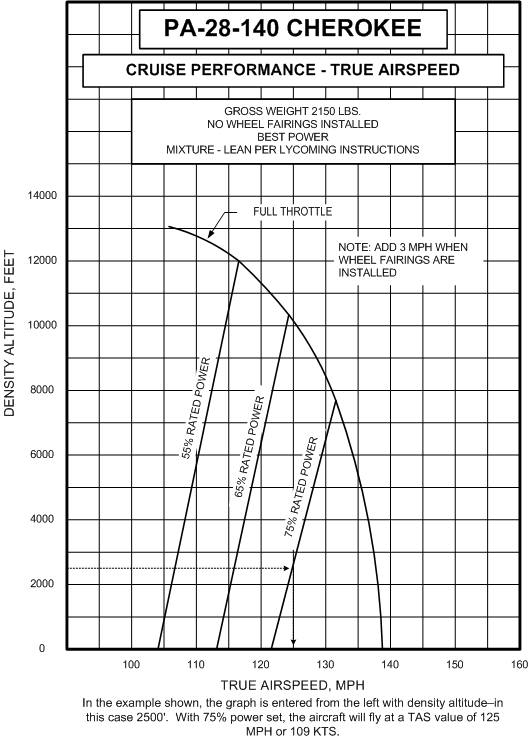cowman
Final Approach
This isn't an FAR question more of a preference question.
Say you're planning a flight that is going to take around 1hr. Conditions all along the route are sky clear and terrain is <1000' along that route. Winds are light at most altitudes and won't make a significant impact on your time enroute at any available altitude. There's no airspace of any note along the route either. No reports of turbulence or any airmets.
For simplicity's sake we'll say the direction of flight is westerly and you're flying a typical single engine unpressurized aircraft with no O2 and we're going to be going VFR. What altitude would you plan on using?
Say you're planning a flight that is going to take around 1hr. Conditions all along the route are sky clear and terrain is <1000' along that route. Winds are light at most altitudes and won't make a significant impact on your time enroute at any available altitude. There's no airspace of any note along the route either. No reports of turbulence or any airmets.
For simplicity's sake we'll say the direction of flight is westerly and you're flying a typical single engine unpressurized aircraft with no O2 and we're going to be going VFR. What altitude would you plan on using?

 , for no other reason than there’s less traffic...
, for no other reason than there’s less traffic...

